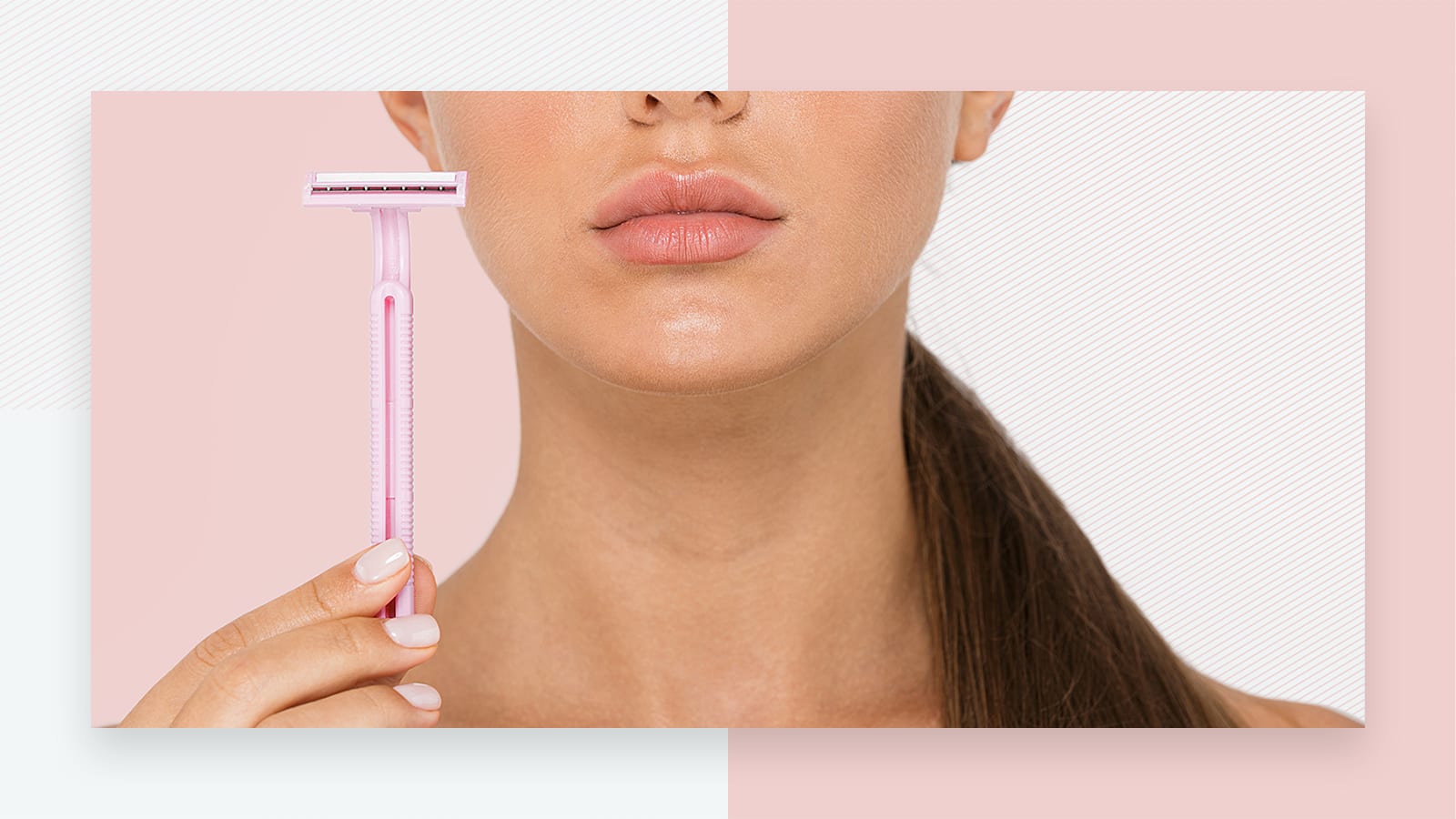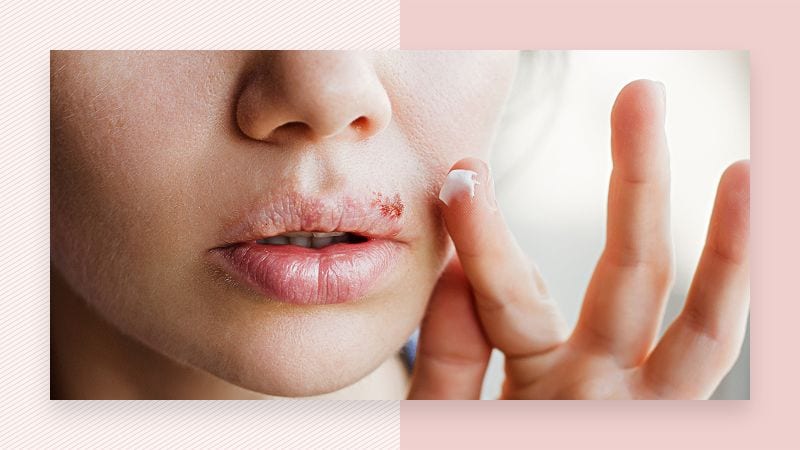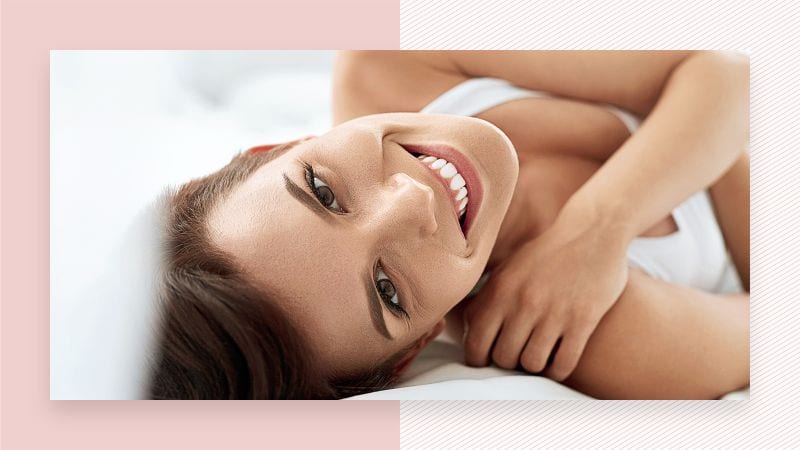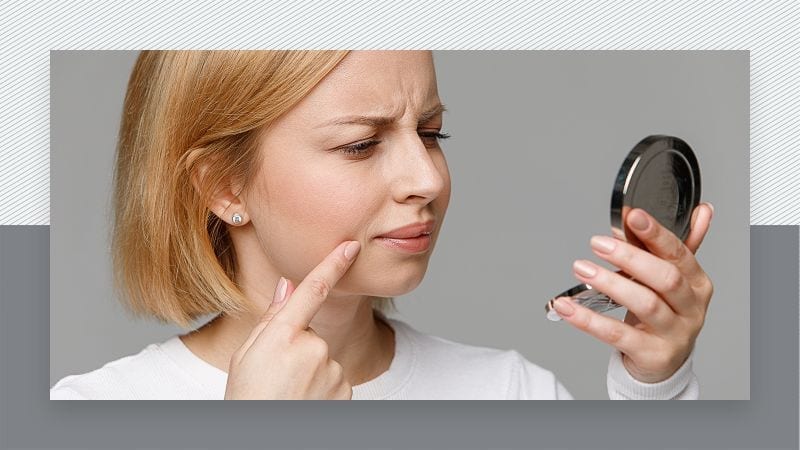Shaving facial hair
Shaving facial hair is a quick fix option to remove facial hair but it offers a very short hair-free period afterwards.
Some of the benefits of shaving are as follows:
- Provides a reduction in facial hair growth for up to a few days
- Very cost-effective method of hair removal
- Removes all types of hairs on the face
- You can see immediate results
- Treatment can be done at home
The downside of shaving is:
- Results can sometimes only last 1- 2 days (sometimes hours)
- This can irritate the skin
- Breakouts are common
- Women generally don’t like the feeling of using a razor on their face
- Stubble can feel obvious a few hours after shaving
How does shaving work on the face?
Shaving facial hair works by gliding either a razor blade or an electric razor over the skin. As it passes over the skin blades cut the excess hair away leaving skin super smooth. When using a razor blade the skin is first dampened with warm water and a gel, cream or shaving oil is applied. This allows the razor to move freely over the skin without causing any cuts or abrasions. When the entire area is shaved the remaining shaving product and excess hair is removed. Aloe Vera or an aftershave balm is applied to the skin to keep the skin hydrated. Dry shaving is not recommended for this sensitive area.
Is shaving safe a way to remove hair from the face?
Shaving facial hair is a safe way to remove hair from the face but you will need to take time and be very careful. Shaving is probably one of the oldest methods of hair removal. It is still one of the most common ways people use to remove excess hair. If you are using a razor blade on the facial area it is best to use a blade with a small rotating head. Choose one that contains a moisture strip to minimise the impact that shaving has on the sensitive skin on your face.
Top Tips for shaving facial hair
- Lightly exfoliate your face before shaving. This will remove any dead skin cells and prevent ingrown hairs
- When gliding the razor over your skin use a light to medium pressure, don’t press too hard.
- Take your time, don’t rush, and move slowly over the skin. Allow the razor to do all the work, avoid going over the skin a number of times in the same area. This will cause the skin to become irritated.
- Don’t skimp on your razor, a cheap and cheerful razor is not something you want to be using on your face. Invest in a good one and look after your blades, your skin will thank you for it.
- If your blade is blunt, bin it. Don’t use the same blade any more than 3-4 times, especially on your face. If you shave with a blunt blade you will have to go over the same area a few times to get rid of the hair. This may leave your skin feeling sore and irritated.
- Clean, disinfect and dry blades after each use. Rinse hairs off completely, use liquid disinfectant on a cotton pad wipe the blade, and dry thoroughly after use. Replace the protective cap and store in a dry place.
- If your hair is long it’s best to trim slightly first with scissors. This will prevent the razor from getting clogged with excess hair and will also allow for a closer shave.
How often will I need to shave my face?
If shaving is your only method of hair removal on the face, you may need to do this daily. Results from shaving facial hair are extremely short-term. This is because only the top section of the hair is removed after shaving. The root of the hair is still be attached to the follicle and will continue to grow as normal. Most people will generally see hair growing again in a matter of days or even hours.
You may have heard some people say that shaving makes your hair thicker, however, this is not the case. When your hair grows out of the follicle it naturally forms a soft tapered tip. When the hair has been shaved the razor blade will cut the hair midway down the shaft. This will remove this soft tip and make the hair feel thicker. Removing hair in this way will not reduce the amount or density of hair that you have over time. Laser hair removal is the best alternative if you are looking for a long-term solution for facial hair. Shaving facial hair, however, is one of only two methods of hair removal recommended while having laser hair removal on the facial area, this is because the hair follicle remains intact under the skin allowing laser treatment to be effective.
Why laser hair removal is a better option to remove facial hair?
At the start of your course of laser treatment, you may have to shave your face every few days. You will notice a change quite quickly after you start treatment. After each laser session, your hairs will become much lighter and finer. After 2-3 sessions you will find you will only need to shave once in a 4 week period. This is usually the day before your next session is due. We would recommend a full course of treatments for the face. 6-10+ sessions are needed in most cases.
Sessions are approximately 4 weeks apart at the start, it’s important to keep to this time frame. Eventually, you will go onto maintenance sessions where you may only need 2-3 a year. This varies from person to person and people with underlying health or hormonal issues may need more. This beats having to shave facial hair daily and will make you feel less conscious of this issue over time.
With such a short hair-free period it is common for people who are shaving to become very despondent with this hair removal method. It seems like you have only removed the hair for it to grow back again in the space of a few hours. Although you do have to shave the hair before each laser hair removal treatment you will notice a dramatic reduction very quickly. Your skin will look and feel smoother with each session that you have.
If you are tired of shaving facial hair daily and are interested in finding out more about laser contact our clinic today. Consultations are completely free of charge, talk to our friendly team today.



